|
Got lucky recently and was able to wander a little. I thought I'd share the views.
I hope you get to explore as you'd like to, sooner than later, and more than you thought was possible. Wander wisely and enjoy. -NR
0 Comments
I have been doing fast paint studies from my own photos. One hour each, a single layer, and only one brush. These constraints help keep me flexible in my process, and keeps my hand moving so I don't get into analysis paralysis. I am also learning to push colors to be a bit bolder than the reference I use, and finding ways to display complexity and detail with less work.
This exercise is also helping me process some of what has happened in the past five years, and gain some orientation as to where I am now. Life throws us seemingly continuous lessons to be learned and maintaining healthy habits to integrate and move forward with these lessons is imperative. I encourage people to go outside, get close to nature, examine the way this world is in it's unabused form, appreciate the people (animals included) in your life, and transmute the difficult lessons we are taught into something beautiful. A photo on your phone is enough to record those moment s of divine beauty. -NR
I wanted to use organic treatment options, and some reports were stating that varroa mites were developing resistance to the common Apivar treatment. I decided I would go with Apivar mite treatment for the hive's first year, then switch to herb oil deterrents, and a hop derived treatment the next spring if they survived the winter.
Sadly... they did not survive. I don't know why. They had plenty of honey, I inserted a tight cedar entrance limiter, there was a good group of nurse bees, and a dense comb arrangement. The photos above mostly show the aftermath. The queen died there in that cluster of nurses. The mold most likely developed after the bees died and stopped cleaning it. Maybe it was the varroa damage, maybe I didn't vent enough, maybe moisture and mold overtook their efforts. Either way, they didn't make it to spring. They did leave behind two gallons of incredible honey, and lots of wax to work with. After cleaning and harvesting the honey from the frames, I set them outside in the open boxes for the native bees and other insects to pick even cleaner. The fuzzy one in the photo at the bottom is one of the native bumblers licking honey out of some comb. I had built a simple cedar rain roof that sat snuggly over the aluminum covered Langstroth hive lid. I had also planned a cedar winter box, that would house and insulate the Langstroth boxes during future winters. Unfortunately, I did not get the opportunity to try again. I did however learn a lot from the experience, and perhaps will get the chance to try again, or help someone else in their keeping. Until then, enjoy the pictures, and don't make the mistakes I made. NR I am entirely fascinated by the Earth/Lunar relationship, and long have been fascinated by the thought of bounding along the lunar surface to explore. The more I research about the Earth’s moon, the more I find it to be precious and sacred, especially in regard to it’s tidal and gravitational effect on the planet where we hail from. The differences between the two astral bodies is stark, yet they exist as a symbiosis that prolongs both of there time in space, and ours. The Earth has many defenses against the perils of space travel, the moon to keep it stable along the ever fluxing journey, is one of them. Without the Earth, the small silver orb would likely be swallowed by the local star, or perhaps be adopted as another lunar companion by one of Earth’s siblings like Jupiter.
By defenses against space travel, I mean Earth generates it’s own Electro-Magnetic field to shield the many precious species housed on and within it’s skin from the constant threat of radiation. A somewhat dense atmosphere shields yet more radiation and helps to burn up incoming projectiles by slowing them with atmospheric friction. Large oceans of liquid absorb vast amounts of solar energy acting as heat sinks so the rest of the planet’s ecosystem does not have to bear the effects as directly. Finally one of the most important defenses the Earth has it’s its liquid core, and the hydraulic dispersion and absorption mechanics of a it’s tectonic mantle. The planet we live on is an incredible being, miraculous by every definition we have thus far generated or observed. The Earth’s companion body, is in my belief, much more fragile and susceptible to damages than generally regarded. Damages we are now more able than ever to inflict upon it. By observing human history, and the destructive nature of human business conducted at unrelenting pace, I have great concern for our near future interactions with the Moon. Treating our interactions with the overtly risky mentality of the “Space Race” is in my cautious mind, a mistake. The Moon does not have tectonic flexibility to absorb haphazard impacts like the Earth does. Granted, it has been crashed into time and time again by meteors and other debris, and we cannot yet control or defend it against those things. We can however protect the earth’s gravitational counterweight from our own actions. My two main concerns are with human mining practices, and minor (or major) orbital trajectory alterations. Theoretically the Moon is like a titanium coated crystal. Though Texas sized plates of titanium on the lunar surface will hold up against massive impacts from meteorites, that sturdy shell may be compromised once human mining efforts have generated fissures in the hard but brittle material. Titanium is very hard, but once it cracks, it cracks in severe ways. We still don’t “officially” know what the subsurface of the moon, or it’s core are comprised of or how it is structured. In theory the resonating effects of previous lunar landings inform us of a specifically tuned mineral structure. This kind of structure can be very strong, unless one component of that structure is altered, or if the right (or wrong) resonant frequency is introduced to it. Perhaps it is not entirely crystalline or metallic, and will allow us to bore within without causing too much damage to the overall structure of the sphere. We don’t yet know, or don’t yet “officially” know. The point is, let’s not plan or invest in too much lunar industrialization until we know. We need greater survey data and public transparency surrounding the Earth’s moon before we turn it into a mining hub, in my opinion. I am not the only one however. There are many indigenous cultures and visionaries that have relayed visions of the moon being fractured. There are also many depictions of this horrible possibility in science fiction, so the caution exists already. I would simply like to reiterate the necessity for caution in the upcoming years as humanity accelerates it’s ventures to the nearest extraterrestrial body. Personally, I think mining in space should be directed toward the nearest asteroid fields, though I recognize and acknowledge the inherent difficulties that come with that prospect. I still see it as preferable to the risks we pose to the moon with our historically and contemporarily horrible industrial practices. Our disregard for the well being of our own home world is asinine as it is, but the Earth is regenerative. Applying this same careless, “profit first” mentality to the Moon is utterly unwise. It may lead to rapid unrepairable disaster. Losing a thousand year old redwood is tragic enough, but watching the Moon split into pieces is something we must do all we can to prevent. Let us posit the hypothetical that the moon is indeed structurally sound enough to withstand a limited amount of human mining. There is also the possibility of our impacts and interactions offsetting the actual placement of the Moon relative to the Earth. Though we may not have a broad enough observatory perception to fully track these potentially minor alterations, every interaction does indeed generate a reaction. Even a minor alteration of the Lunar trajectory, would likely have significant impact on the tidal “regularity” here on Earth. We are definitely not prepared for those kinds of changes. Do we have the sensory equipment to track these kinds of changes, and do we have a plan for correcting them if we do impact the orbital relationship? Does that plan include just running into the moon more in order to shove it back to where it was, compensating for the exponential alterations made in it’s path of motion since the initial offset? It all sounds a bit like the kids that thought it would be fun to play baseball inside, even though Mom told them not to, and then the window breaks. Let’s not hurry to make these kinds of mistakes. Make industry wait very patiently, while we gently survey the Lunar surface and inner structure first. Again I reiterate, that asteroid mining poses less direct risk to the planet Earth. We may lose some un-piloted vessels, we may even lose some people. A tragic and ever present risk especially in space travel. However mining asteroids leads to generally less risk of destabilizing our entire path of surviving as a planet. Another concern I have pondered is the matter of resonant disruption. Human interaction with the Lunar body has proven that the silver orb “rings” or resonates like a bell when impacted. Perhaps the moon really is just a big giant titanium bell. It’s mass suggests otherwise, but it could just be a very thick bell. Maybe it is more like a massive geode, with inward facing crystalline formations within the hardened shell. Crystalline structures often exhibit resonant qualities due to the consistency of their molecular organization. Now consider human mining operations set up on the lunar surface. Let’s say we don’t notice the impact of just one facility, or we deem it minor enough to continue development. Fifty years later, there are several hundred facilities constantly grinding and rotating, and impacting the Moon. At this point there are generations that have never known another Luna. The industries these facilities feed are given all manner of excuse to continue operation despite growing concerns of mass displacement and the increasing resonant frequency humming throughout the Lunar body. But as we have seen, industry “must” continue to serve the “economy”. An economy that won’t exist if we disrupt this planet’s natural processes enough. However one day, a cargo vessel landing on the Moon experiences an engine failure, and crashes into the humming orb. The impact and explosion of the vessel disrupts the continuous vibration of human Lunar industry, sending a shockwave throughout the crystalline structure of the Moon, that results in massive fractures and a complete dispersal of the moons stable structure. What then? In essence, my cautionary tale here is that as a species completely reliant on this planet and it’s Lunar gravitational counterweight, we must approach our interactions with the Moon with the utmost care. Personally, I would suggest only low impact and observatory installations. Gently paced survey and exploration of the Lunar body and its interior are sound endeavors. Also scientific study of low gravity impact on Human health, as well as variance of plant growth in lowered gravity are worthy studies. I don’t think mining the Moon is or should be appropriated as a necessary endeavor. Setting our sites for the nearest asteroid concentrations is far more sustainable, and posits immensely less risk to life on Earth. Not that many industries care much for life on Earth, but we, life on Earth… do. NR |
Nicholas RodriguezArtist, designer, musician, writer, craftsman, nature geek... Archives
March 2024
Categories
All
|

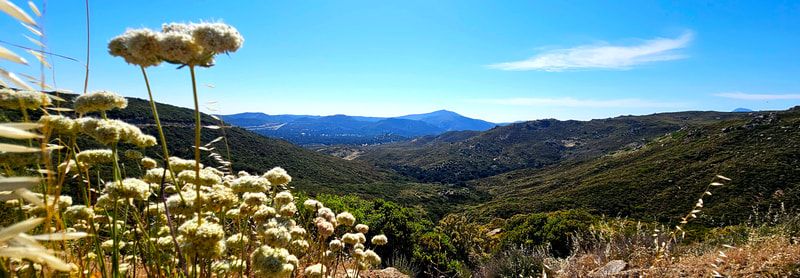








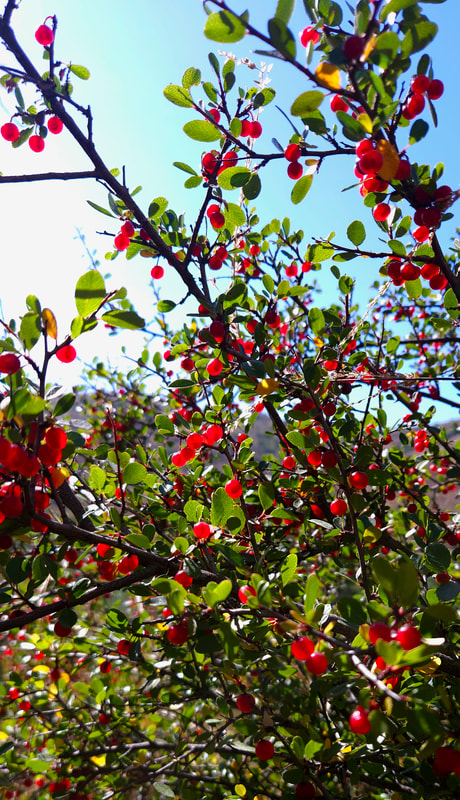
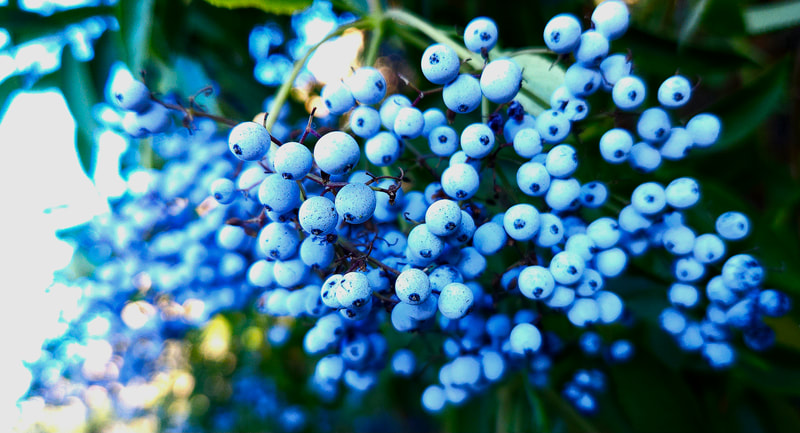
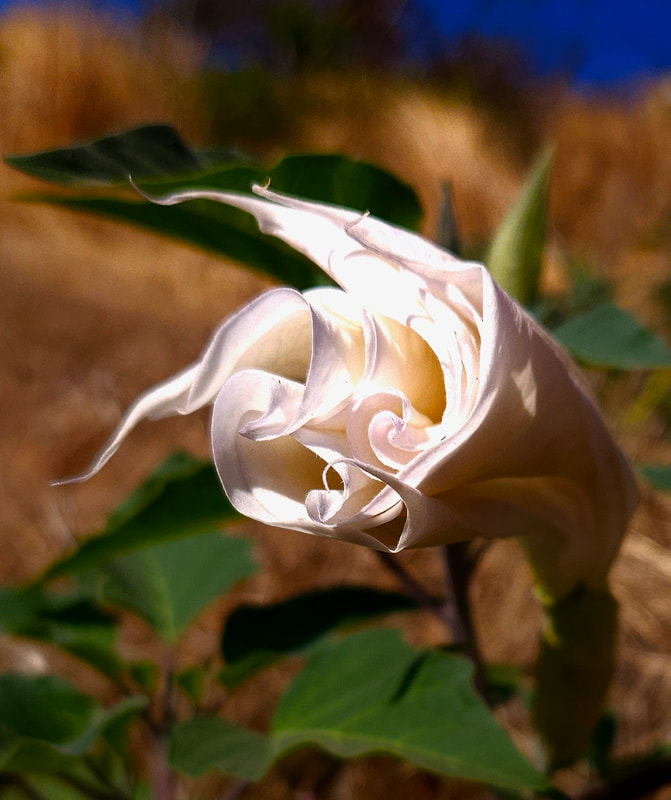







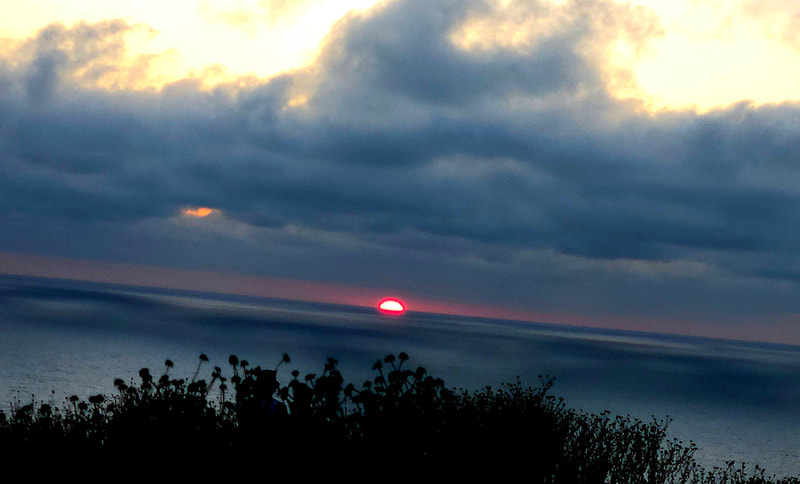



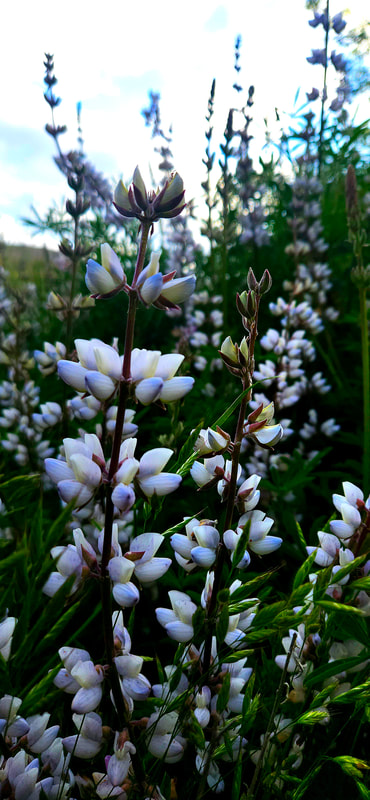

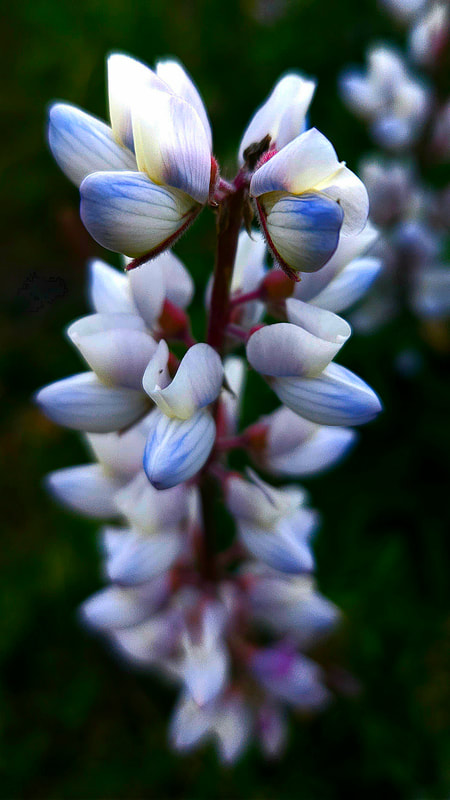





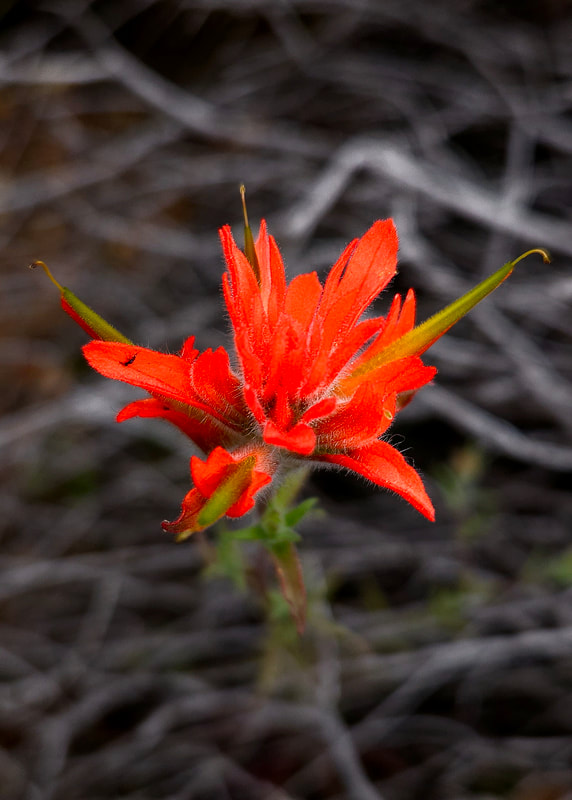
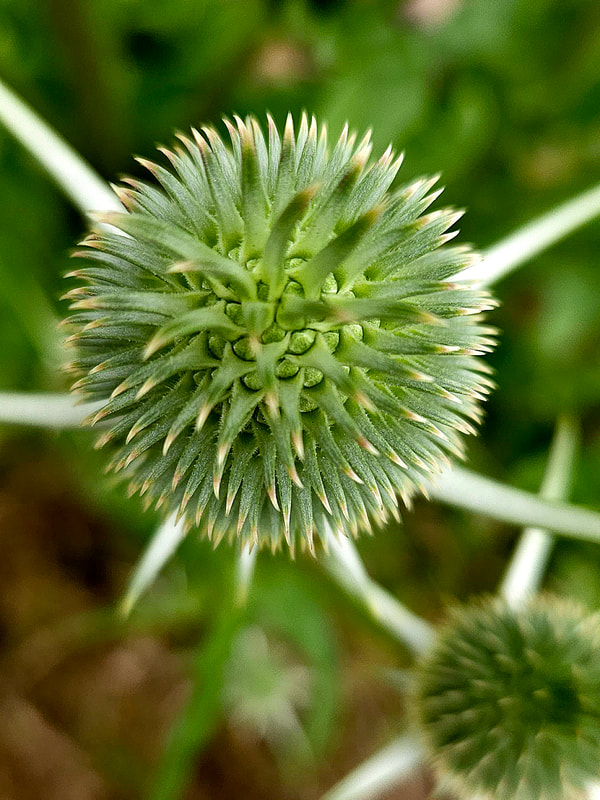
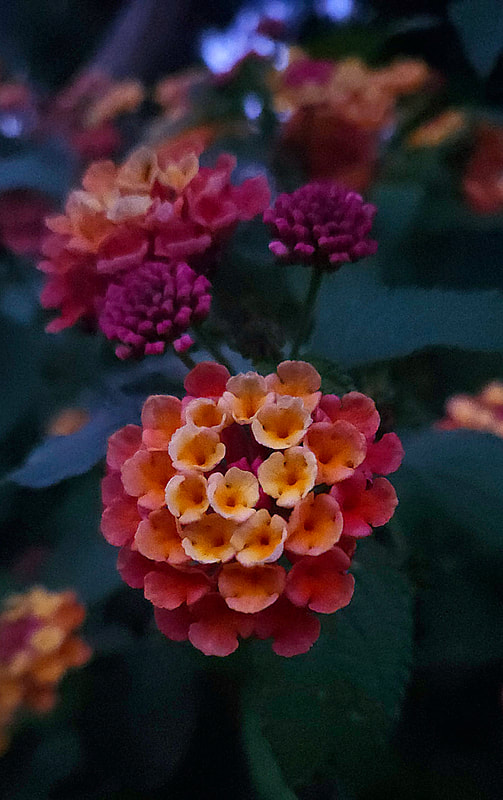








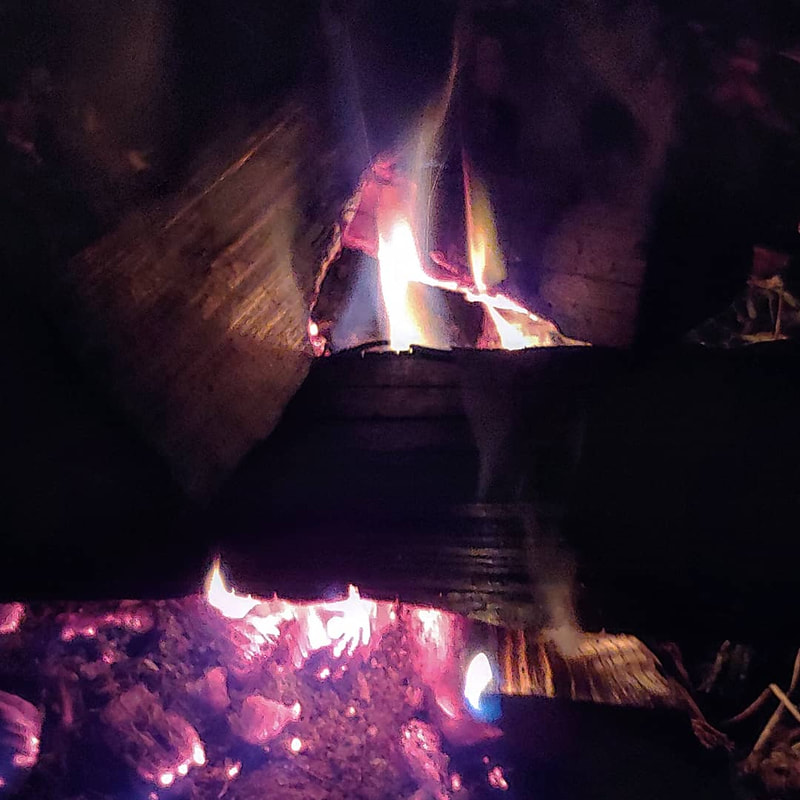
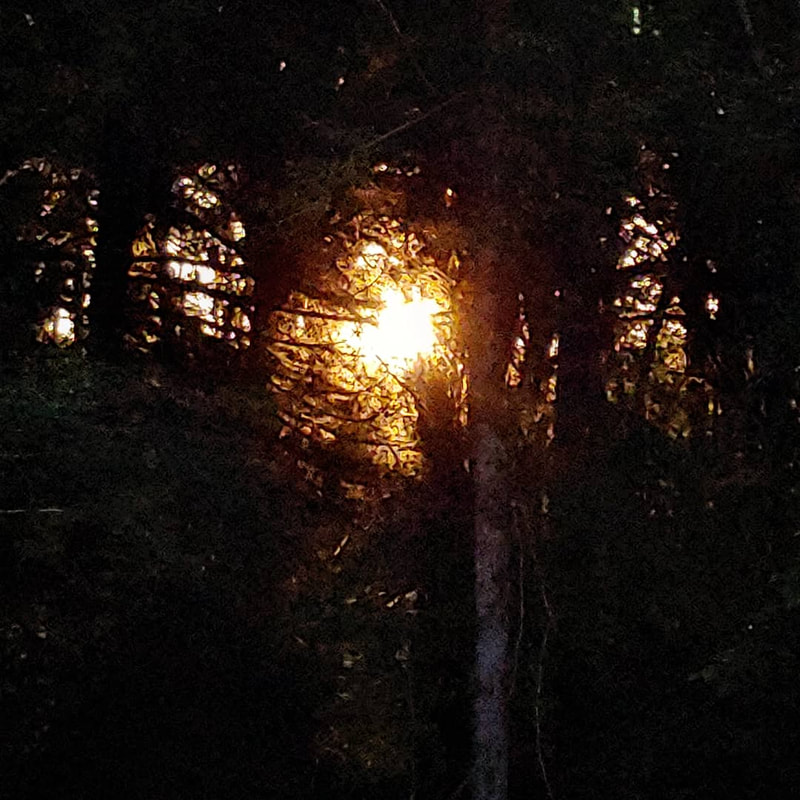




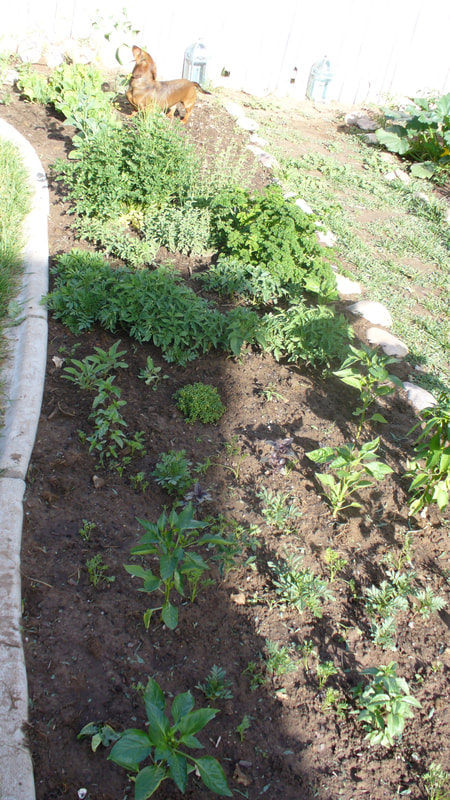
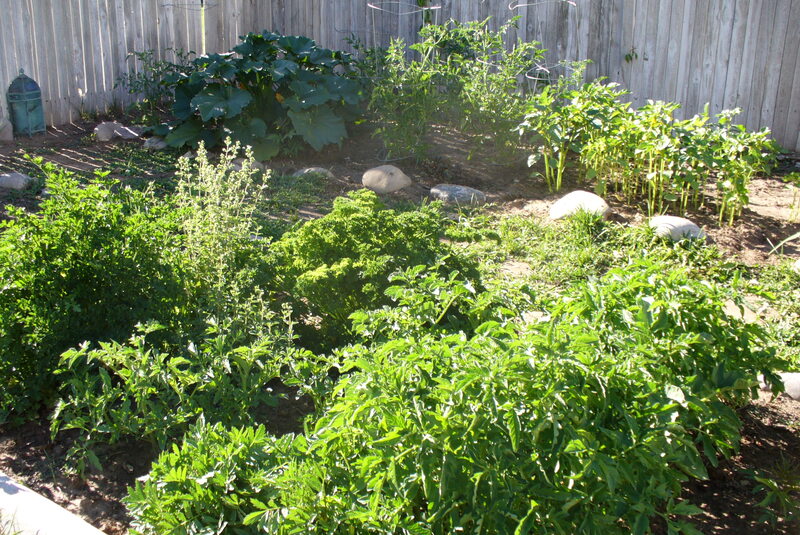











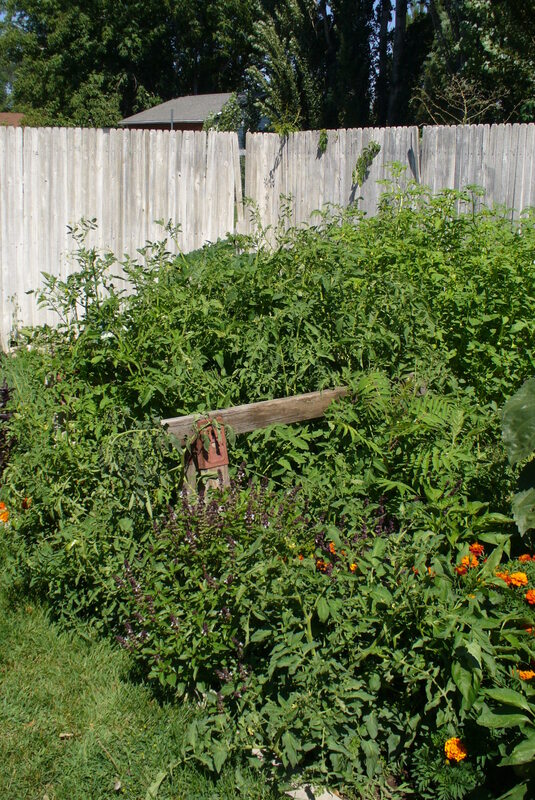







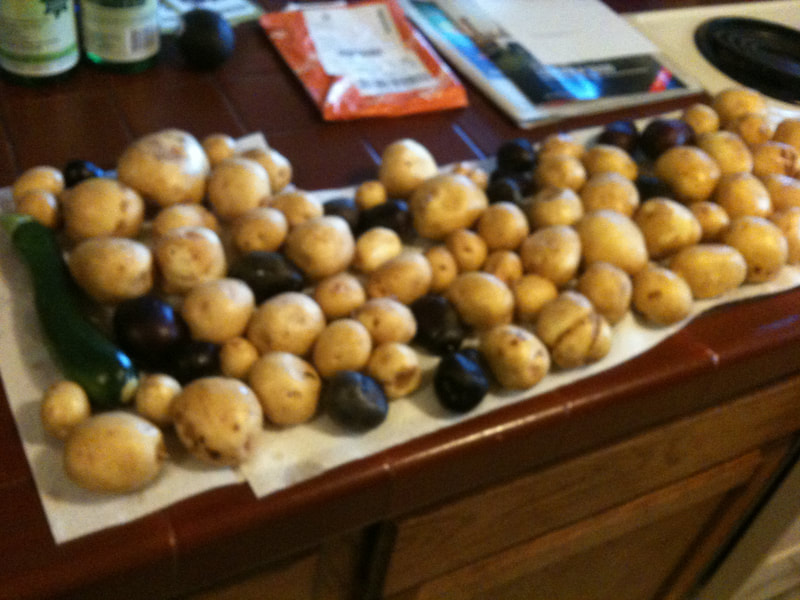
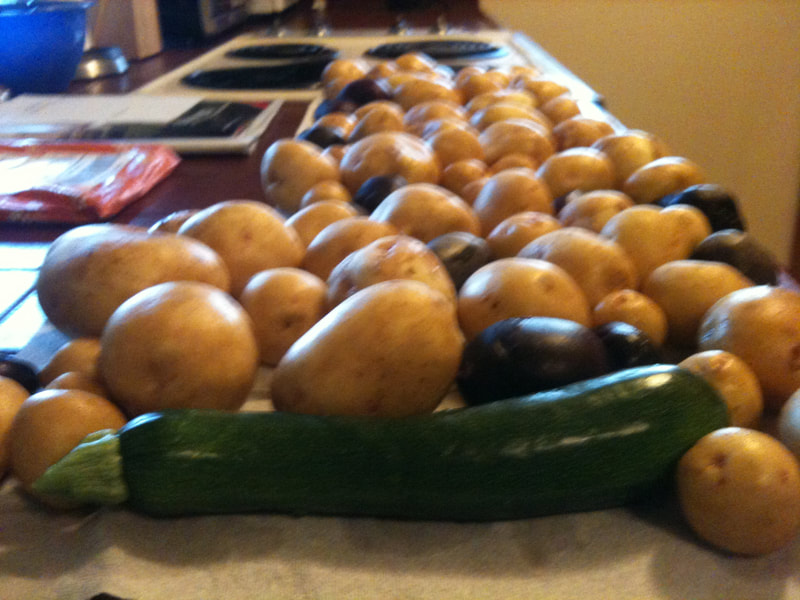
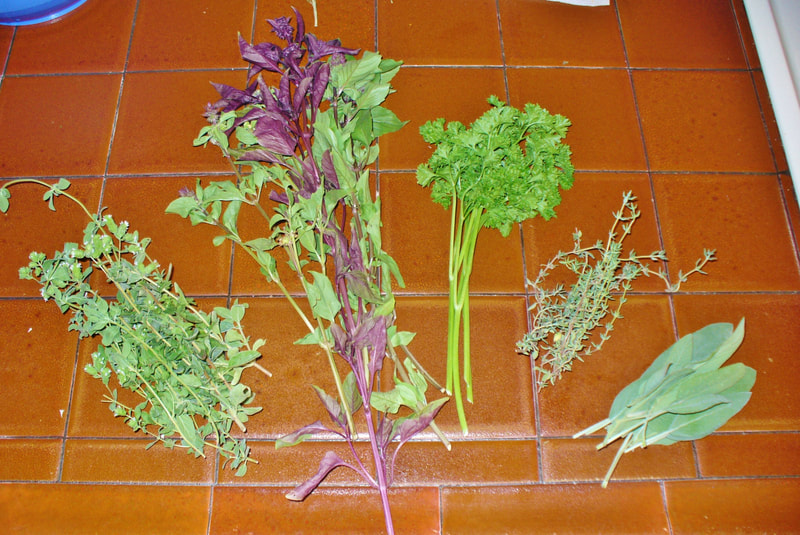





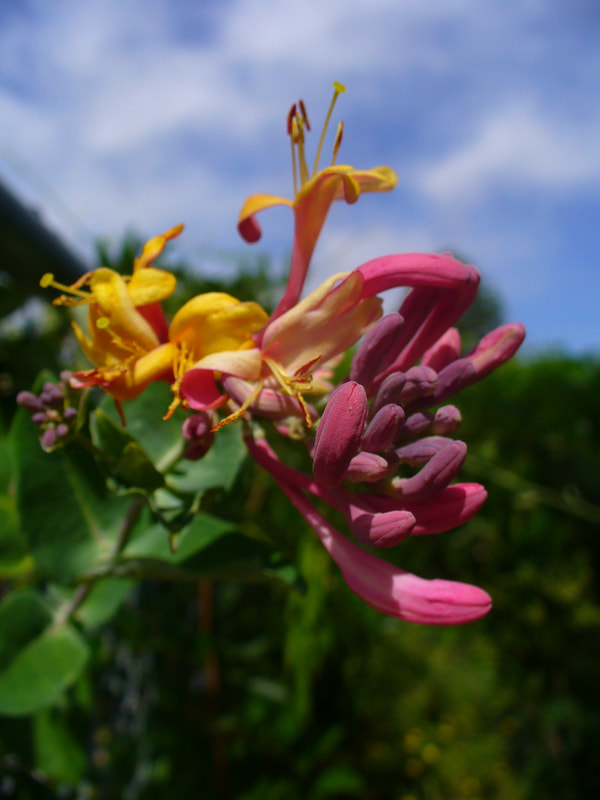

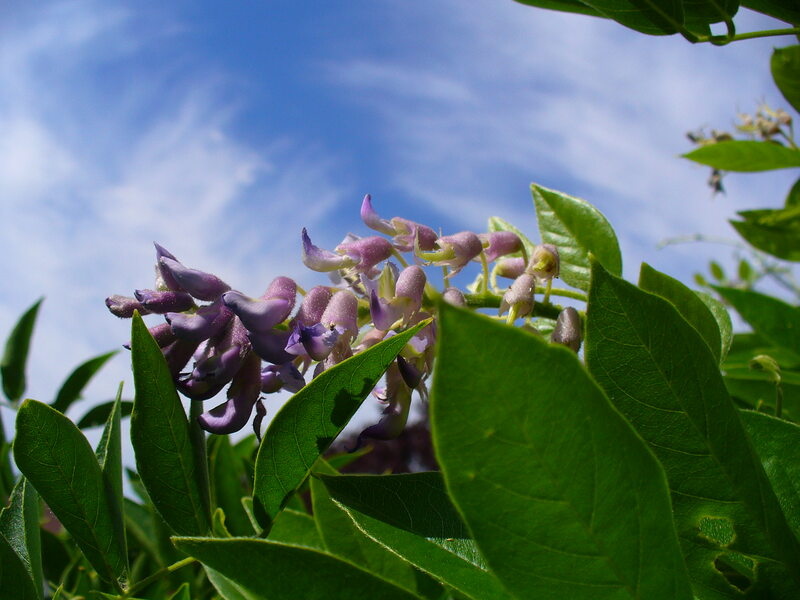









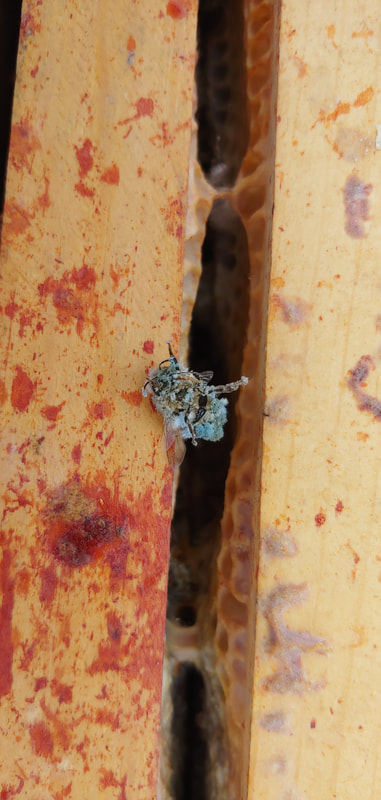


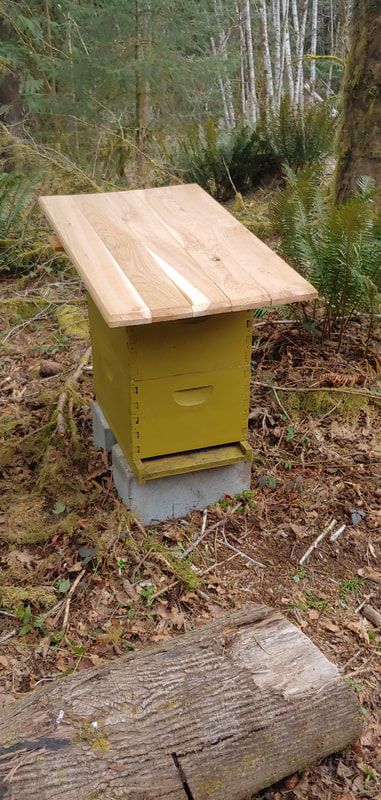



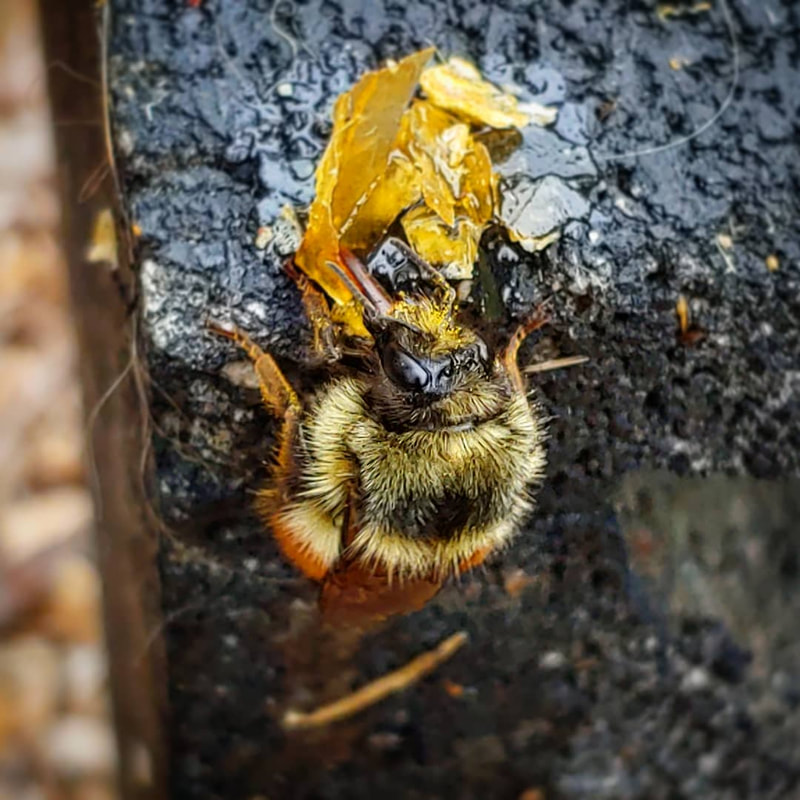

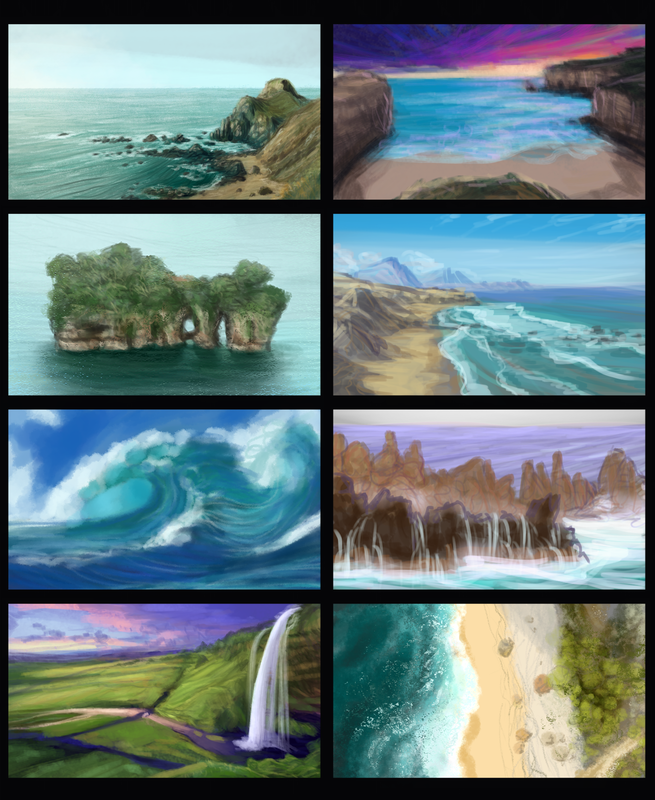
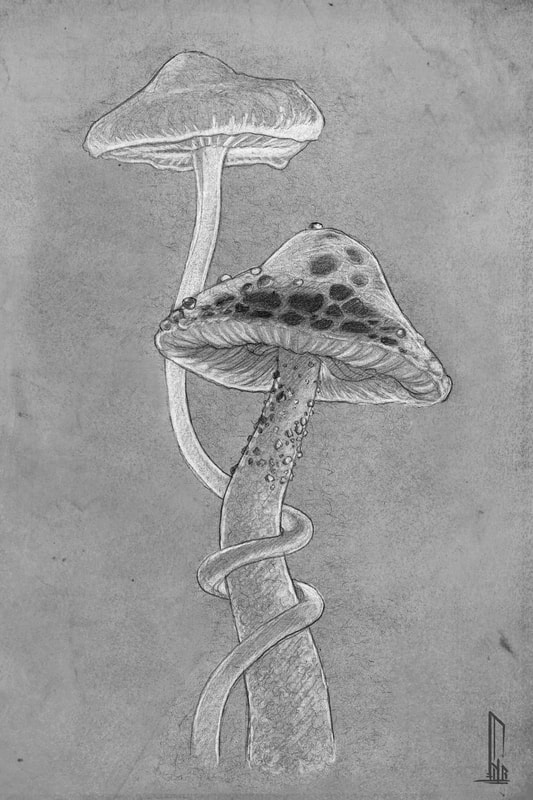


 RSS Feed
RSS Feed